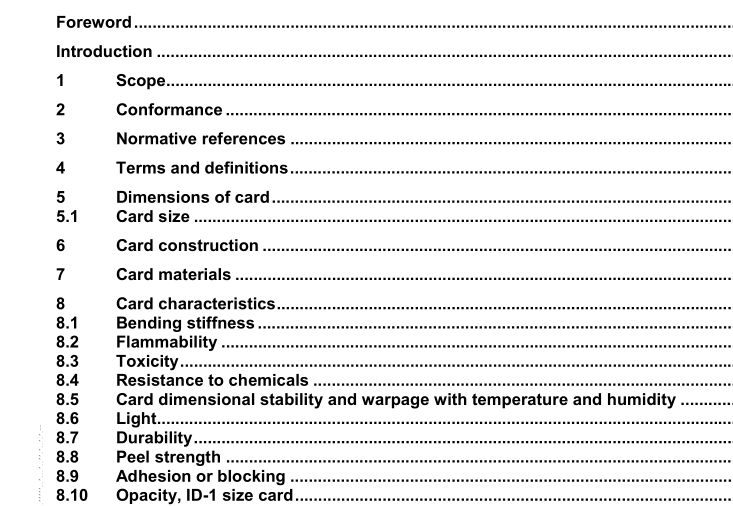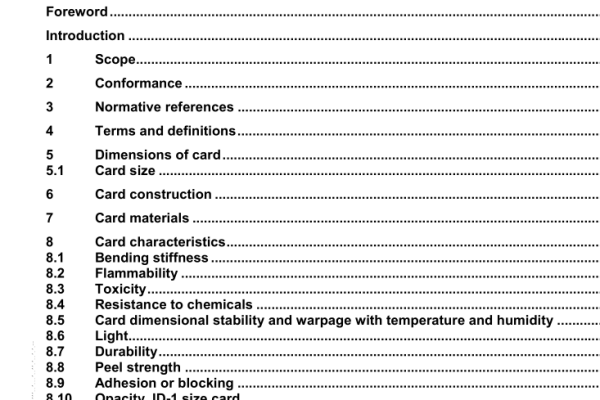ISO IEC 2593:2000 pdf download – Information technology — Telecommunications and information exchange between systems — 34-pole DTE/DCE interface connector mateability dimensions and contact number assignments.
3 Definitions For the purposes of this International Standard, the definitions given in IEC 60050(581) apply. For the convenience of the users of this International Standard, the following definitions are repeated. 3.1 cable adaptor: A part of a connector or an accessory consisting of a rigid housing for attachment to the connector body. It may incorporate provision for a cable clamp or seal for terminating screens and provide shielding to electrical interference. It may be straight or angled. 3.2 connector housing: A part of a connector into which the insert and contacts are assembled. 3.3 contact arrangement: The number, spacing and configuration of contacts in a component. 3.4 female contact: A contact intended to make electrical engagement on its inner surface and which will accept entry of a male contact. 3.5 intermateable connectors: Two connectors are intermateable when they are capable of being connected electrically and mechanically but without regard to their performance and intermountability. 3.6 jack-screw system: A device comprising a set of captive screws and nuts used to couple and uncouple mating components. It may also provide a polarization facility. 3.7 locking device: A feature incorporated in certain components to provide mechanical retention of their mating part. 3.8 male contact: A contact intended to make electrical engagement on its outer surface and which will enter a female contact. 3.9 mounting flange: A projection from a component for the purpose of attaching the component to a rigid surface. 3.10 (n-pole-)connector: A component which terminates conductors for the purpose of providing connection and disconnection to a suitable mating component. 3.11 polarization: Features on mating components to prevent incorrect mating. 4 Connector Specifications A 34-pole connector shall be provided for the DTE/DCE interface. Figures 1 to 5 illustrate the 34-pole connector. Only those dimensions that are essential for mating are shown. Figure 1 illustrates the DTE connector which has 34 male contacts in a connector housing. Figure 2 illustrates the DCE connector which has 34 female contacts in a connector housing. The connector housing on the DTE connector is dimensioned to fit inside the connector housing on the DCE connector (see figures 1 and 2). Contact identification lettering is also specified in figures 1 and 2. The use of shields and mounting flanges is illustrated in figures 1 and 2 respectively. Since their shape and size is not essential for mating, the use of different shape and size from those illustrated does not affect conformance with this International Standard. Figure 3 illustrates the dimensions for the contact spacing. Figures 4 and 5 illustrate the dimensions for the male and female contacts respectively. Figures 8 and 9 illustrate the connector mountings.
ISO IEC 2593:2000 pdf download – Information technology — Telecommunications and information exchange between systems — 34-pole DTE/DCE interface connector mateability dimensions and contact number assignments






